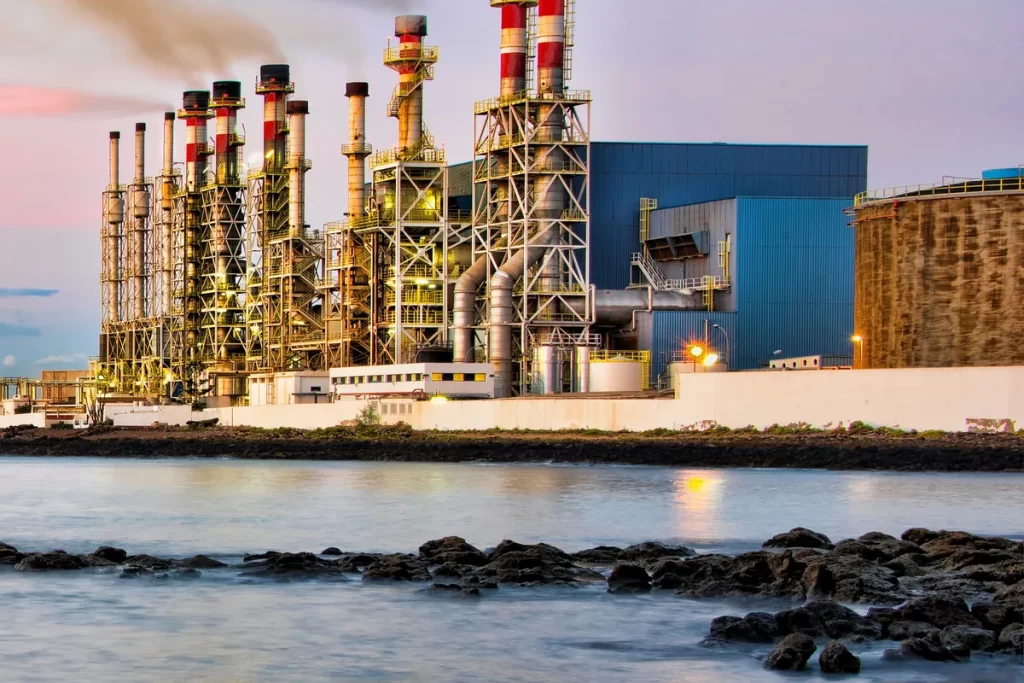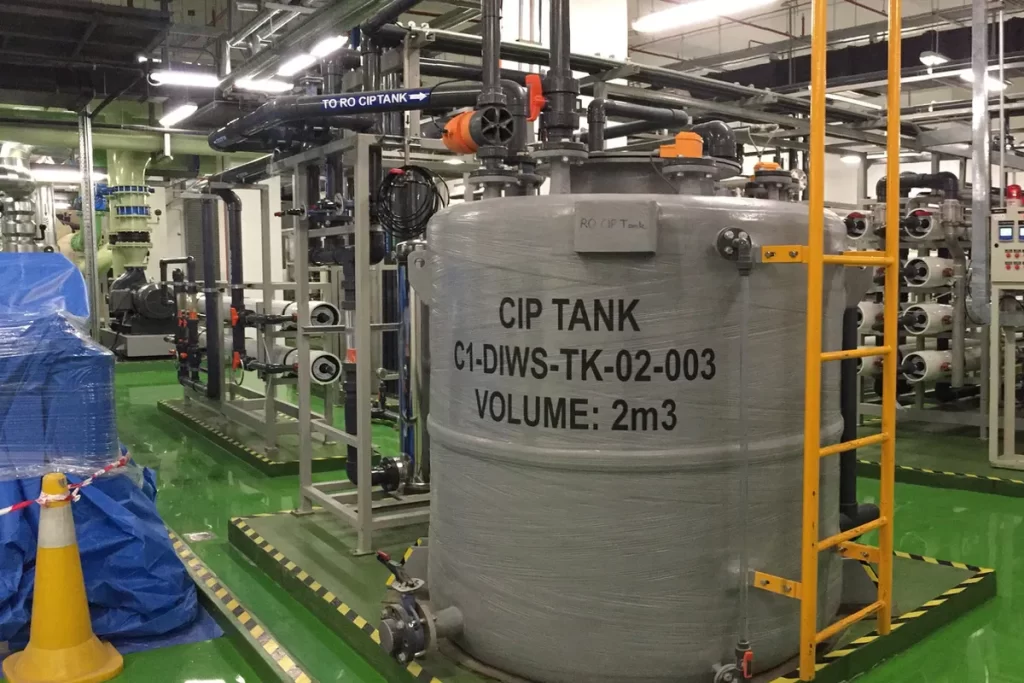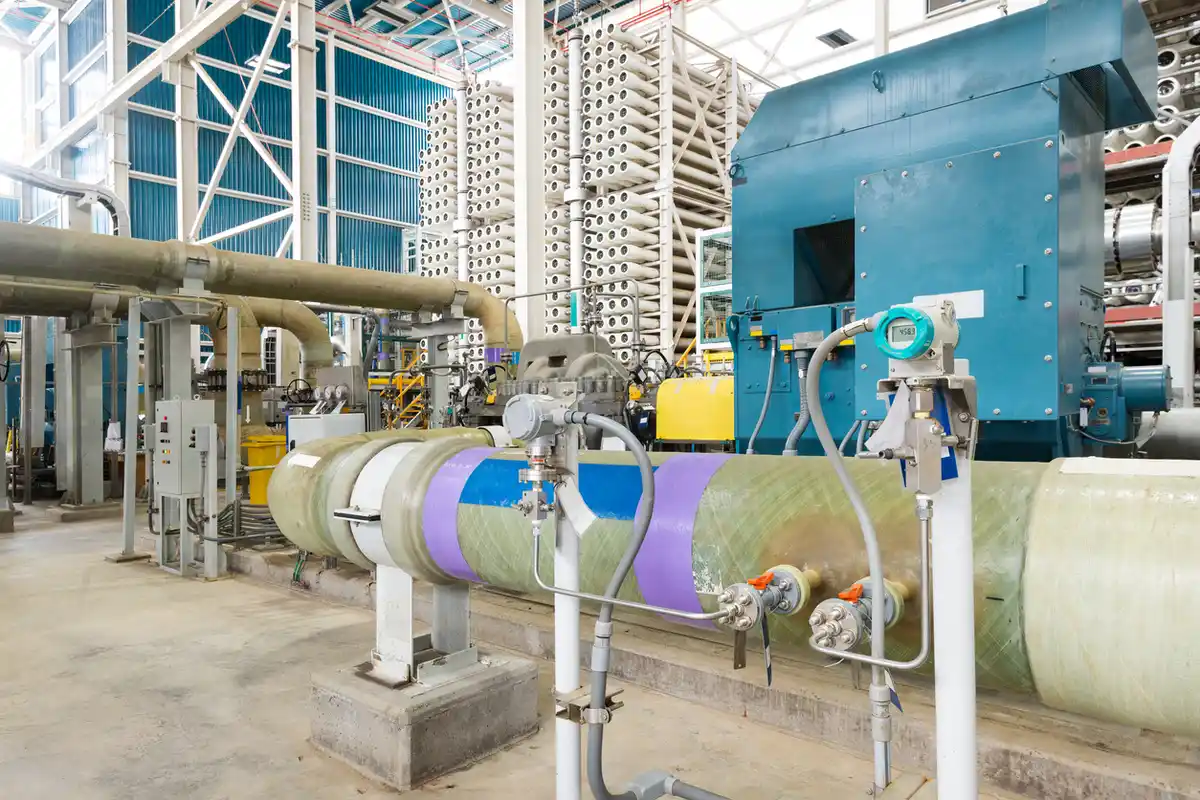Desalination has been touted as a promising solution to the world’s ever-increasing demand for fresh water resources. The process involves removing salts and impurities from seawater, brackish water, or wastewater to produce potable water. As water scarcity becomes a growing concern due to population growth, urbanization, and climate change, desalination has gained significant attention. However, despite its potential to address water shortages, desalination comes with its own set of challenges, particularly in terms of environmental and economic impacts. This blog post explores these challenges and highlights potential ways to overcome them.
Environmental Challenges
Energy Consumption
One of the most significant environmental challenges associated with desalination is its high energy consumption. Desalination processes, such as reverse osmosis (RO) and multi-stage flash distillation (MSF), require substantial amounts of energy to separate salts and impurities from water. In most cases, this energy is derived from fossil fuels, which contribute to greenhouse gas (GHG) emissions and climate change.
The carbon footprint of desalination is a critical concern, especially as global efforts to combat climate change intensify. To address this issue, it is crucial to invest in research and development aimed at improving the energy efficiency of desalination processes and explore ways to integrate renewable energy sources, such as solar, wind, and geothermal, into desalination plants.
Brine Discharge
The desalination process generates a byproduct called brine, a highly concentrated salt solution that is typically discharged back into the ocean. Brine discharge can have several adverse effects on marine ecosystems, including increased salinity levels and the spread of toxic chemicals. These changes can harm marine life, disrupt ecosystems, and potentially affect human health through the consumption of contaminated seafood.
Effective brine management is essential to mitigate the environmental impacts of desalination. Possible strategies include dilution, in which brine is mixed with other wastewater streams before discharge, and “brine-to-value” technologies, which involve recovering valuable resources, such as minerals and metals, from brine for reuse in various industries.
Impingement and Entrainment
The seawater intake process for desalination can have detrimental effects on marine life. Impingement occurs when larger organisms, such as fish, are trapped against intake screens, while entrainment involves smaller organisms, like plankton, being drawn into the plant along with seawater. Both impingement and entrainment can result in the mortality of aquatic species and disrupt local ecosystems.
To reduce the impact of impingement and entrainment, desalination plants can implement alternative intake designs, such as subsurface intakes that draw water from beneath the seafloor, or employ velocity restrictions to minimize the risk of organisms being trapped or drawn into the plant.

Habitat Destruction
The construction of desalination plants often requires coastal development, which can lead to the destruction of natural habitats and the modification of shorelines. Habitat destruction can displace or harm local plant and animal species and disrupt the delicate balance of ecosystems.
Striking a balance between the need for desalination infrastructure and the preservation of natural habitats is essential. This can be achieved through careful site selection, minimizing the plant’s physical footprint, and implementing measures to restore and protect ecosystems during and after construction.
Economic Challenges
High Capital and Operational Costs
Desalination plants come with high capital and operational costs. The construction of a plant requires significant investments in land acquisition, plant design, and engineering. Moreover, the maintenance and energy costs associated with desalination processes are considerable, making desalinated water more expensive than water from traditional sources, such as groundwater and surface water.
To make desalination more economically viable, governments and the private sector must collaborate on funding strategies and explore innovative financing mechanisms. Additionally, investments in research and development can lead to more cost-effective desalination technologies and ultimately lower the overall costs of producing desalinated water.
Water Pricing and Affordability
The high costs associated with desalination often result in higher water prices for consumers. This can disproportionately affect low-income communities, exacerbating existing inequalities in water access and affordability. To ensure that desalinated water remains accessible to all, governments may need to implement subsidies, tariffs, or other pricing mechanisms that account for the financial burden on vulnerable populations.
Technological Limitations and Advancements
Current desalination technologies have limitations, such as energy inefficiency and challenges in managing waste products like brine. These limitations contribute to the high costs and environmental impacts of desalination. However, ongoing research and innovation in the field hold the potential for significant improvements.
Emerging technologies, such as new membrane materials and energy recovery systems, can enhance the efficiency and environmental performance of desalination processes. Continued investment in research and development is crucial to unlock the full potential of these innovations and overcome current limitations.
Policy and Regulations
Government policies and regulations play a vital role in shaping the desalination industry. Public support, in the form of subsidies and incentives for research and development, can help drive innovation and reduce costs. However, striking the right balance between promoting desalination as a solution to water scarcity and ensuring environmental sustainability can be challenging.
Effective policy frameworks must balance the need for water security with the imperative to protect the environment. This may involve enacting regulations that require desalination plants to adhere to stringent environmental standards, as well as providing support for the development of more sustainable desalination technologies.

Possible Solutions and Alternatives
Renewable Energy Integration
Integrating renewable energy sources into desalination plants can significantly reduce greenhouse gas emissions and lower energy costs. Solar, wind, and geothermal energy can be harnessed to power desalination processes, potentially paving the way for energy-neutral desalination plants. Such integration can also help countries meet their renewable energy targets and contribute to global efforts to combat climate change.
Improving Water Efficiency and Conservation
Before turning to desalination as a solution to water scarcity, it is essential to prioritize water efficiency and conservation. Public education and awareness campaigns can promote the importance of water conservation and encourage individuals and businesses to adopt best practices for reducing water waste. Governments can also provide incentives, such as rebates and tax credits, to support the adoption of water-saving technologies and practices.
Developing Less Harmful Desalination Technologies
Investing in the development of more environmentally friendly desalination technologies can help address some of the environmental challenges associated with the process. Advances in membrane and thermal technologies, as well as the development of sustainable intake and discharge systems, can reduce the environmental impacts of desalination and make it a more viable solution to global water scarcity.
Conclusion
Desalination offers a critical solution to the pressing issue of water scarcity. However, its environmental and economic challenges cannot be ignored. By investing in research and innovation, integrating renewable energy sources, and promoting water efficiency and conservation, we can work towards a more sustainable and responsible approach to desalination. As the demand for fresh water resources continues to grow, it is imperative that we embrace sustainable desalination practices to ensure water security for current and future generations.

